Reflections on Innovation by Helen Teague
There is tension with innovation. The tension is often between change and status quo, between goal and process orientation. Innovation is a process-oriented trek (Brown, 2009, p. 134) that is non-linear and sometimes “messy” (p. 17). For those raised with production quotas, fixed goal orientation, and inflexible deadlines and due dates, the unpredictability of innovation can be downright scary and threatening. Brown (2009) and Dyer, et al (2011) offer ideas for nurturing change and innovation from idea to practice.
The Design thinking required to implement innovation proceeds from a systematic approach that is flexible, non-hierarchical, and “constantly evolving” (p. 187). Innovative companies exhibit an interrelationship between People, Process, and Philosophy (Dyer, et al, p. 170). Drilling a little deeper, there are five qualities that innovators share. One quality is a cognitive ability and the other four are observable behaviors. Specifically, the cognitive ability of Association and the behaviors of Questioning, Observing, Networking, and Experimenting make up the profile, the “DNA” of design innovators.

Brown is unique in his advocacy for empathy as a component of observation, which he describes as a mental habit that looks deeply into the lives that we borrow when we observe (2009, p. 49). Empathy fosters an advocate rather than adversary relationship with customers and colleagues (Brown, 2009, p. 54).
Brown cites Toyota’s Steven Spears’ that direct observation and experiments are essential by managers who serve as coaches rather than fixers (2009, p. 189). Dyer, et al offers three ways to experiment: “try out new experiences, take apart products, processes, and ideas, and test through pilots and prototypes” (2011, p. 138).
Prototyping is vital to this experimenting phase of design thinking. Brown describes the process of prototyping as “inspirational” (2009, p. 106). Acceptance of failure, trial-and-error, and many iterations are necessary for innovative design thinking. Dyer, el al make the distinction between two types of projects: breakthrough innovation and derivative innovation (2011, p. 230). Some projects are inventive and some are re-invented or re-engineered. All projects are comprised of three distinct phases each needing unique design thinkers: Entrepreneurial Discovery, Delivery organizers, and Execution experts (Dyer, et al, 2011, p.
There is tension in leading from innovation (Brown, 2009, p. 138) and promoting the kind of “combinatorial play” advocated by Einstein (p. 41). Business schools matriculate “deliverers not discoverers” (2009, p. 37). Daniel Pink (2009) notes the “mismatch between what science knows and what business does” while trying to solve the challenges of 21st century life. The importance of this concept is also addressed by Brown who describes the 21st century’s “epochal shift in the balance of power as economics evolve from a focus on manufactured products to one that favors services and experiences” (2009, p. 199). That there is continuity among influential thinkers such as Brown, Dyer, Gregersen, Christensen, Pink, and many others attests to the dynamic importance of design thinking for schools, businesses, and communities.
~~~
Brown, T., & Kātz, B. (2009). Change by design: How design thinking transforms organizations and inspires innovation. New York: Harper Business.
Dyer, J., Gregersen, H. B., & Christensen, C. M. (2011). The Innovator’s DNA: Mastering the five skills of disruptive innovators. Boston, Mass: Harvard Business Press.
Pink, D. (2009). The Puzzle of Motivation. Retrieved from http://www.ted.com/talks/dan_pink_on_motivation/transcript?language=en#t-1097899
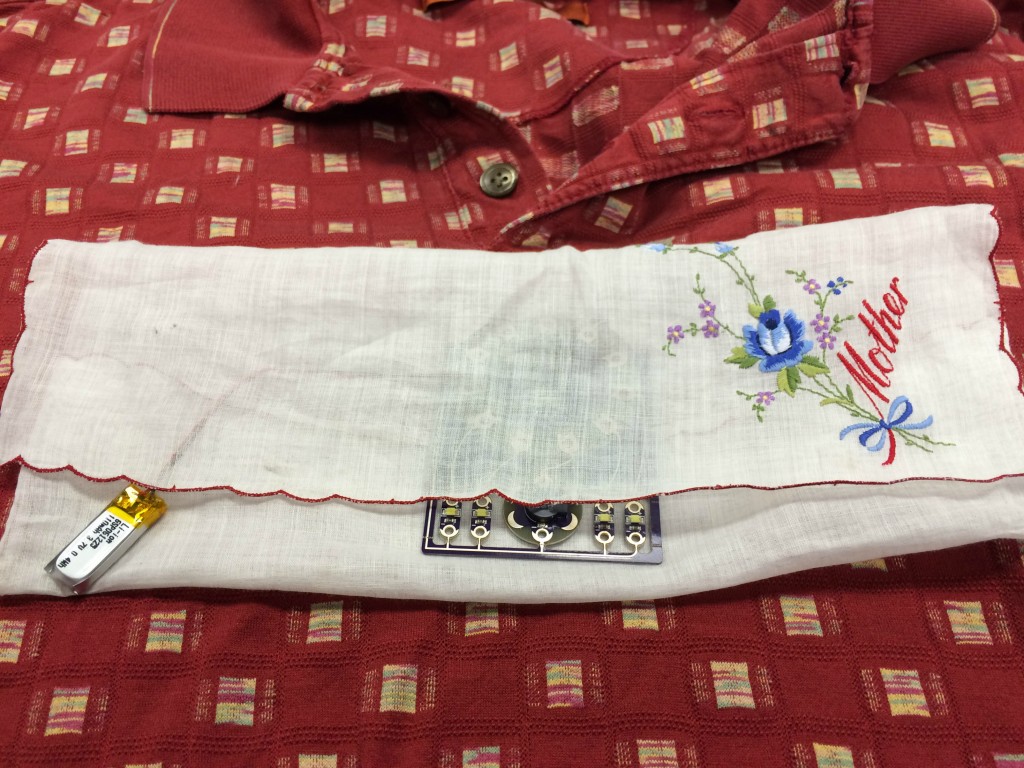
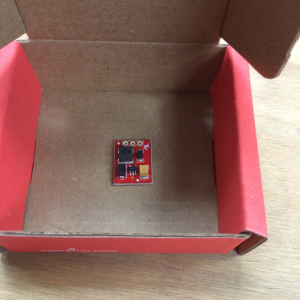







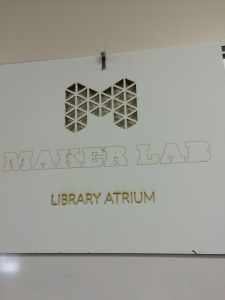

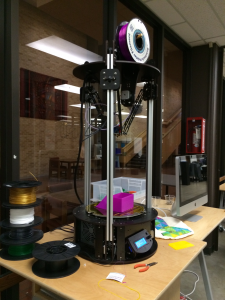

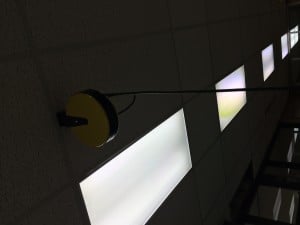
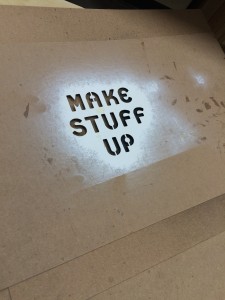
 I would show my mother, Elizabeth Barell, a picture like this of Melotte 15, an emission nebula, and say, “Look, Ma, this is where stars are born–a stellar nursery.” She’d quickly respond, “How do you know?” I’d say, “Look, it says here `Astronomers say this is where stars are created.'”
I would show my mother, Elizabeth Barell, a picture like this of Melotte 15, an emission nebula, and say, “Look, Ma, this is where stars are born–a stellar nursery.” She’d quickly respond, “How do you know?” I’d say, “Look, it says here `Astronomers say this is where stars are created.'”




